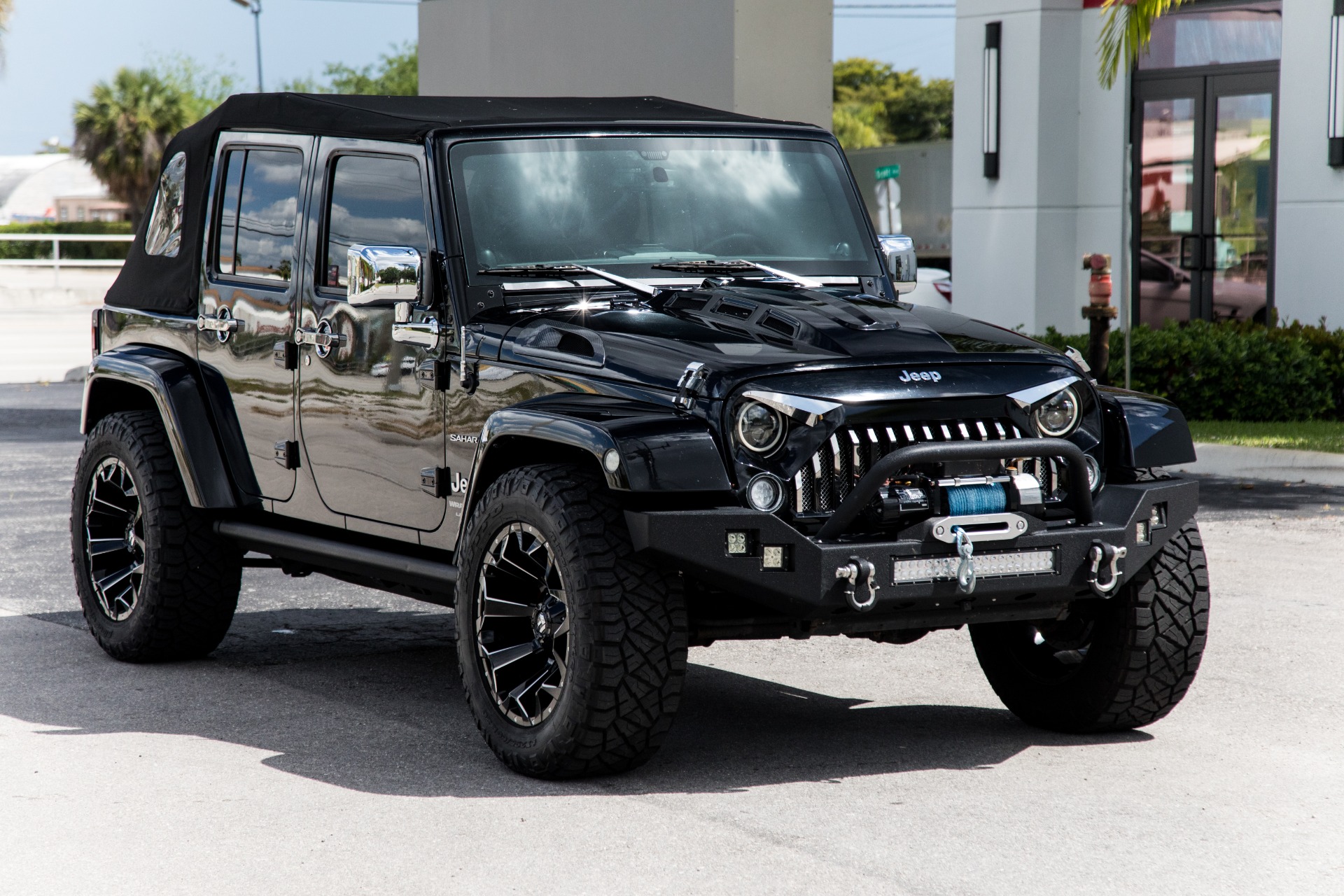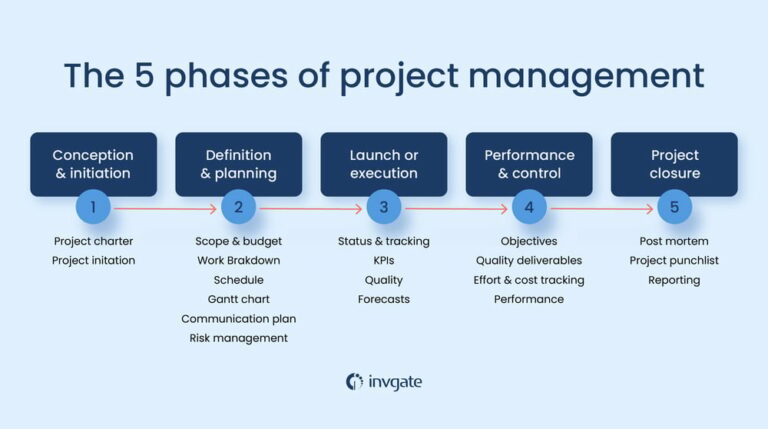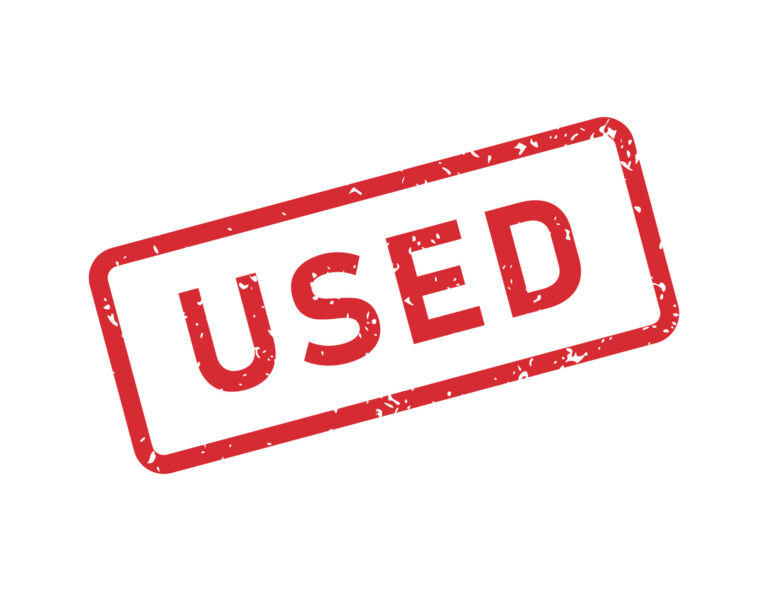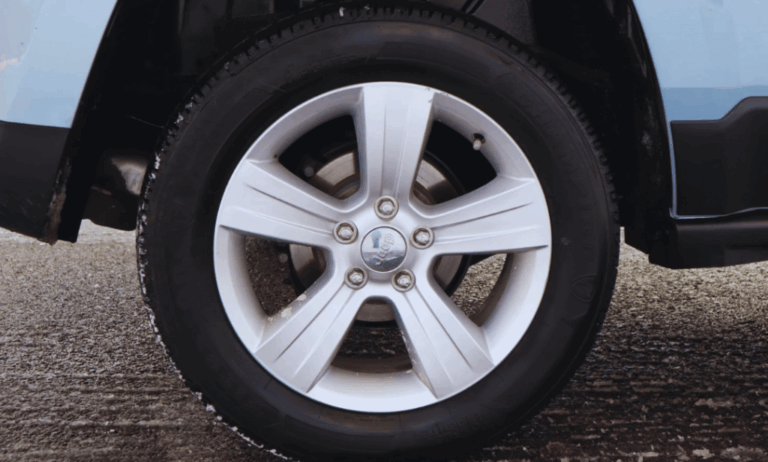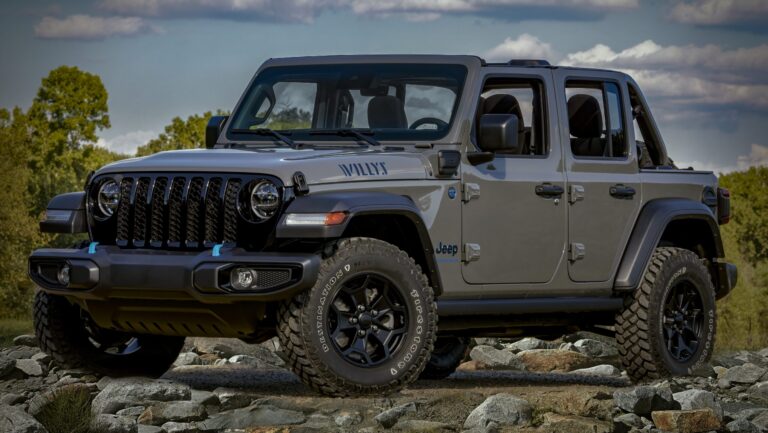Wrangler Jeep Lease: Your Comprehensive Guide to Driving the Icon
Wrangler Jeep Lease: Your Comprehensive Guide to Driving the Icon jeeps.truckstrend.com
The Jeep Wrangler. Just uttering the name conjures images of rugged trails, open-air freedom, and an unmistakable spirit of adventure. For decades, it has stood as an icon of capability and individuality, inspiring countless enthusiasts to explore beyond the pavement. While outright purchasing a Wrangler has always been the traditional route, an increasingly popular and often more accessible option for many is the Wrangler Jeep Lease.
Leasing a Jeep Wrangler means entering into a long-term rental agreement with a dealership or a third-party leasing company. Instead of buying the vehicle outright, you pay for the depreciation of the vehicle over a set period, typically 24, 36, or 48 months. This arrangement offers a unique pathway to experience the legendary off-road prowess and distinctive lifestyle associated with the Wrangler, often with lower monthly payments and more flexibility than traditional financing. This comprehensive guide will delve into every aspect of leasing a Jeep Wrangler, helping you determine if it’s the right path for your next adventure.
Wrangler Jeep Lease: Your Comprehensive Guide to Driving the Icon
Why Lease a Wrangler Jeep? Understanding the Appeal
Leasing has emerged as a compelling alternative to buying, particularly for vehicles like the Jeep Wrangler that are frequently updated with new features and technologies. Here’s why a lease might be the ideal choice for you:
- Lower Monthly Payments: One of the most significant advantages of leasing is that your monthly payments are often considerably lower than loan payments for the same vehicle. This is because you’re only paying for the depreciation of the vehicle during your lease term, rather than its full purchase price. This affordability can make a higher trim level or more equipped Wrangler accessible within your budget.
- Drive a New Vehicle More Often: With a typical lease term of 2-4 years, you can regularly upgrade to the latest Wrangler models. This means you’ll always have access to the newest technology, safety features, and design updates, without the hassle of selling your old vehicle or dealing with trade-in values.
- Consistent Warranty Coverage: Throughout the entire lease period, your Wrangler will almost certainly be covered by the manufacturer’s factory warranty. This provides peace of mind, knowing that major repairs or unexpected issues will be handled without additional out-of-pocket expenses, reducing your overall maintenance costs.
- Flexibility at Lease End: When your lease concludes, you have several options: you can return the vehicle and walk away, lease a new Wrangler or another vehicle, or even purchase your leased Wrangler at a pre-determined price (the residual value). This flexibility contrasts sharply with ownership, where selling or trading in your vehicle can be a more involved process.
- Potential Tax Advantages (for Businesses): For business owners, a leased vehicle can sometimes offer tax deductions as a business expense, depending on your specific circumstances and tax laws. It’s always advisable to consult with a tax professional to understand these benefits.
- Less Hassle: At the end of a lease, you simply return the vehicle to the dealership (assuming it meets wear and tear guidelines and mileage limits). There’s no need to worry about selling the car, negotiating trade-in values, or dealing with depreciation concerns in the used car market.
![]()
The Leasing Process: How to Get Your Wrangler
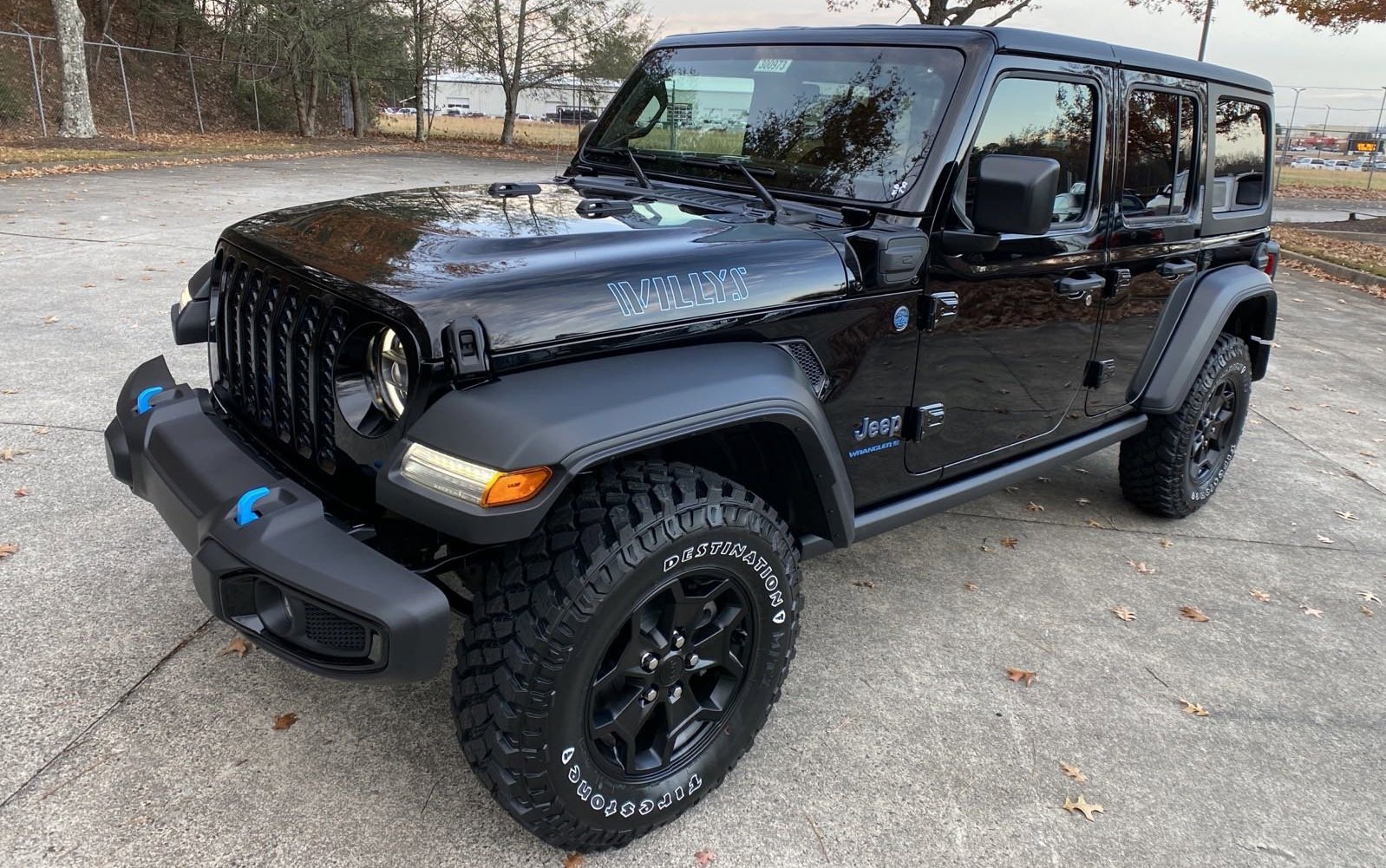
Securing a lease for your dream Jeep Wrangler involves several straightforward steps. Understanding this process will empower you to make informed decisions and negotiate effectively.
- Research and Budgeting: Before visiting a dealership, determine which Wrangler model (Sport, Sahara, Rubicon, Willys, etc.), trim, and features best suit your lifestyle and budget. Consider whether a 2-door or 4-door is right for you, and think about your annual mileage needs. Research current lease deals offered by Jeep or local dealerships.
- Credit Check: Your credit score is a crucial factor in securing a favorable lease rate (money factor). Lenders will perform a hard credit inquiry. A higher credit score typically translates to a lower money factor, reducing your monthly payments. Aim for a score of 700 or above for the best rates.
- Down Payment (or Lack Thereof): While some leases require a significant down payment (often called "capitalized cost reduction"), many attractive "sign-and-drive" lease deals require very little or no money down, aside from the first month’s payment, fees, and taxes. Weigh the pros and cons: a larger down payment reduces monthly payments but is lost if the vehicle is totaled early in the lease.
- Negotiation: This is where you can significantly impact your lease terms. Don’t just focus on the monthly payment. Negotiate the capitalized cost (the selling price of the car), the money factor (the interest rate equivalent), and the residual value (though this is largely set by the manufacturer, understanding it is key). Ask about any available incentives or rebates that can reduce the capitalized cost.
- Review the Lease Agreement: This is arguably the most critical step. Read every line of the lease contract before signing. Pay close attention to:
- Lease Term: The duration in months (e.g., 36 months).
- Annual Mileage Limit: Typically 10,000, 12,000, or 15,000 miles per year. Exceeding this incurs per-mile charges (e.g., $0.20-$0.30/mile).
- Excess Wear and Tear Guidelines: What constitutes "normal" vs. "excessive" wear.
- Early Termination Clause: The penalties for breaking the lease early, which can be substantial.
- Acquisition Fee and Disposition Fee: Upfront and end-of-lease administrative fees.
- Taking Delivery: Once the paperwork is complete, thoroughly inspect your new Wrangler before driving off the lot. Ensure all features work and there are no cosmetic damages.

Key Components of a Wrangler Jeep Lease Agreement
Understanding the terminology in your lease agreement is vital for making an informed decision. These are the core elements you’ll encounter:
- MSRP (Manufacturer’s Suggested Retail Price) / Capitalized Cost: While MSRP is the sticker price, the "capitalized cost" is the actual selling price of the vehicle that the lease is based on. This is the figure you should negotiate down, as a lower capitalized cost directly reduces your monthly payments.
- Residual Value: This is the projected value of the Wrangler at the end of the lease term, expressed as a percentage of the MSRP. A higher residual value means less depreciation, which translates to lower monthly payments. Wranglers tend to hold their value well, often leading to favorable residual values.
- Money Factor (Lease Rate): This is essentially the interest rate on your lease, expressed as a very small decimal (e.g., 0.00250). To convert it to an approximate annual percentage rate (APR), multiply it by 2400 (0.00250 x 2400 = 6% APR). A lower money factor means lower finance charges.
- Lease Term: The duration of your lease, typically 24, 36, or 48 months. Longer terms generally result in lower monthly payments but mean you pay for more depreciation and interest over time.
- Mileage Allowance: The maximum number of miles you are permitted to drive annually without incurring additional charges. Common options are 10,000, 12,000, or 15,000 miles per year. Be realistic about your driving habits to avoid costly overage fees.
- Acquisition Fee: An administrative fee charged by the leasing company at the beginning of the lease, covering the cost of setting up the lease. It can often be rolled into your monthly payments.
- Disposition Fee: A fee charged at the end of the lease when you return the vehicle, covering the cost of cleaning, inspecting, and preparing the vehicle for resale.
- Wear and Tear Guidelines: The lease agreement will outline what is considered "normal" wear and tear (e.g., minor scratches, small dents, light tire wear) versus "excessive" wear and tear (e.g., major body damage, cracked windshield, worn tires below a certain tread depth). Exceeding these guidelines can result in significant charges at lease end.
Benefits and Potential Challenges of Leasing a Wrangler
While leasing offers many advantages, it’s crucial to be aware of the potential drawbacks, especially when considering a vehicle as unique as the Jeep Wrangler.
Benefits (Reiterated and Expanded):
- Access to Premium Trims: The lower monthly payments often allow lessees to afford higher trim levels like the Rubicon or Sahara, which come equipped with more advanced off-road capabilities, luxury features, and technology that might be out of reach with a purchase.
- Predictable Expenses: Aside from fuel and insurance, your primary vehicle expense is a fixed monthly payment. Since the vehicle is under warranty, unexpected repair costs are typically minimal.
- Always Driving Current Tech: Jeep continuously updates the Wrangler with new infotainment systems, safety features, and powertrain options. Leasing ensures you’re never more than a few years away from experiencing these innovations.
- Less Maintenance Worry: As you’re always driving a newer vehicle under warranty, you avoid the costly major repairs that often come with older, owned vehicles.
Challenges:
- Mileage Restrictions: This is perhaps the biggest limitation for Wrangler lessees. If you plan extensive road trips, daily long commutes, or frequent off-road excursions that rack up miles, you could face significant overage fees at lease end. Wranglers are built for adventure, and lease mileage limits can feel restrictive for those who truly want to explore.
- Modification Limitations: A core part of the Wrangler culture is customization. Lifting, adding oversized tires, winches, and aftermarket bumpers are common for owners. However, major, irreversible modifications are generally prohibited on leased vehicles. While minor, reversible accessories (like floor mats or seat covers) are usually fine, anything that permanently alters the vehicle or its value will likely incur charges at lease end, as you must return the vehicle to its original condition.
- No Equity Building: Unlike financing, where you gradually build equity in the vehicle as you pay down the loan, leasing means you never own the asset. You’re essentially paying for its usage and depreciation.
- Early Termination Penalties: Breaking a lease agreement early can be extremely expensive. The penalties often involve paying the remaining lease payments, disposition fees, and potentially other charges.
- Excess Wear and Tear Charges: While minor wear is acceptable, significant dents, scratches, interior damage, or worn tires beyond specified limits can lead to unexpected charges when you return the vehicle.
- Insurance Requirements: Leasing companies typically require higher levels of insurance coverage (including gap insurance) compared to what you might choose for a purchased vehicle, adding to your monthly expenses.
Tips for a Successful Wrangler Jeep Lease
To maximize the benefits and minimize the challenges of leasing a Wrangler, consider these practical tips:
- Accurately Assess Your Driving Habits: Be realistic about how many miles you drive annually. If you’re consistently close to or over 15,000 miles, purchasing might be more economical, or you may need to negotiate a higher mileage lease package upfront, which will increase your monthly payment but be cheaper than paying per-mile overage fees.
- Consider a Higher Trim Level: Since monthly payments are lower with a lease, it’s an excellent opportunity to experience a more capable or luxurious Wrangler trim (e.g., Rubicon for ultimate off-roading, Sahara for premium comfort) that might be out of budget for a purchase.
- Negotiate Every Aspect, Not Just the Monthly Payment: Focus on reducing the capitalized cost, getting a favorable money factor, and understanding the residual value. A lower capitalized cost means lower payments over the entire lease term.
- Understand End-of-Lease Options from the Start: Know your choices: return the vehicle, buy it out (if the residual value is attractive), or lease a new one. Plan ahead for your next move.
- Maintain the Vehicle Meticulously: Adhere to the manufacturer’s recommended service schedule. Keep records of all maintenance. This not only ensures smooth operation but also helps avoid excess wear and tear charges at lease end.
- Document Vehicle Condition: Before you take delivery, take detailed photos and videos of the vehicle’s interior and exterior. Do the same before returning it at lease end. This documentation can protect you from unwarranted wear and tear claims.
- Be Mindful of Modifications: If you plan to return the vehicle, stick to minor, easily reversible modifications (e.g., upgraded floor mats, seat covers, light bars that don’t require drilling). Major suspension lifts, tire changes, or body armor that require permanent alteration will likely need to be removed or could incur significant charges. If you truly want to heavily modify your Wrangler, purchasing is generally the better option.
- Consider Gap Insurance: This is often required by leasing companies. Gap insurance covers the difference between what you owe on the lease and the vehicle’s actual cash value if it’s stolen or totaled, preventing you from owing a large sum to the leasing company.
Estimated Wrangler Jeep Lease Costs
Providing exact lease prices is impossible as they fluctuate daily based on manufacturer incentives, regional offers, credit scores, specific trim levels, and negotiation. However, here’s an illustrative table to give you a general idea of potential lease costs for popular Wrangler trims. These are estimates only and should not be taken as current offers. Always verify with a dealership.
| Wrangler Trim (4-Door) | Lease Term | Annual Mileage | Estimated Down Payment | Estimated Monthly Payment | Estimated Total Lease Cost (Excl. Fees)* |
|---|---|---|---|---|---|
| Wrangler Sport S | 36 Months | 10,000 miles | $2,500 | $399 – $479 | $16,864 – $19,744 |
| Wrangler Willys | 36 Months | 12,000 miles | $2,500 | $449 – $529 | $18,764 – $21,644 |
| Wrangler Sahara | 36 Months | 10,000 miles | $3,000 | $499 – $599 | $20,964 – $24,564 |
| Wrangler Rubicon | 36 Months | 12,000 miles | $3,500 | $599 – $729 | $25,064 – $29,744 |
| Wrangler High Altitude | 36 Months | 10,000 miles | $4,000 | $649 – $799 | $27,364 – $32,764 |
*Estimated Total Lease Cost = (Monthly Payment x Lease Term) + Estimated Down Payment. Does not include acquisition fees, disposition fees, sales tax on payments (if applicable), registration, or insurance. Prices vary significantly by region, current incentives, and individual creditworthiness.
Frequently Asked Questions (FAQ) About Wrangler Jeep Lease
Here are answers to common queries about leasing a Jeep Wrangler:
Q1: Can I take a leased Wrangler off-roading?
A1: Yes, you can. Wranglers are designed for off-roading. However, be extremely mindful of potential damage. Excessive wear and tear, deep scratches, dents, or damage from impacts (e.g., undercarriage damage, cracked windshield) will incur significant charges at lease end. Stick to trails appropriate for your skill level and be extra cautious.
Q2: Can I customize my leased Wrangler?
A2: Generally, minor, easily reversible modifications are acceptable (e.g., floor mats, seat covers, bolt-on light bars that don’t require drilling). Major modifications like lift kits, larger tires (that require cutting), engine modifications, or permanent exterior alterations are usually not permitted and would need to be reversed at your expense or incur charges for devaluing the vehicle. If heavy modification is your goal, purchasing is a better option.
Q3: What happens at the end of a Wrangler lease?
A3: You have three primary options:
- Return the vehicle: Simply turn it in to the dealership, pay any excess mileage or wear and tear charges, and the disposition fee.
- Purchase the vehicle: Buy the Wrangler for the pre-determined residual value stated in your lease agreement.
- Lease a new vehicle: Trade in your leased Wrangler for a brand-new one, starting a new lease agreement.
Q4: Is gap insurance necessary for a leased Wrangler?
A4: While not always legally required, it is almost always required by the leasing company and highly recommended. Gap insurance covers the "gap" between what you owe on the lease and the vehicle’s actual cash value if it’s stolen or totaled. Without it, you could be responsible for a significant remaining balance.
Q5: Can I get out of a Wrangler lease early?
A5: Yes, but it can be very costly. Early termination penalties often involve paying the remaining lease payments, disposition fees, and potentially other charges. Options for early exit include lease transfers (if permitted by the leasing company), trading it in (where the dealer pays off the lease but you might owe money), or simply buying out the lease.
Q6: What credit score do I need to lease a Jeep Wrangler?
A6: While requirements vary by lender, a credit score of 680-700 or higher is generally considered "good" and will qualify you for the best lease rates (lowest money factor). Scores below this may still qualify but with higher rates, leading to higher monthly payments.
Q7: Are there special lease deals for Wranglers?
A7: Yes, manufacturers and dealerships frequently offer special lease incentives, especially towards the end of a model year or during specific promotional periods. These can include lower money factors, reduced capitalized costs, or attractive monthly payments. It’s always wise to research these deals before you begin negotiating.
Conclusion
Leasing a Jeep Wrangler offers an exciting and often more affordable way to experience the thrill and unique lifestyle that this iconic vehicle embodies. It provides the allure of driving a brand-new vehicle every few years, often with lower monthly payments and the peace of mind of continuous warranty coverage. However, it’s essential to meticulously understand the terms of the lease agreement, particularly regarding mileage restrictions and modification limitations, which can be significant considerations for a vehicle designed for adventure and customization.
By thoroughly researching, negotiating wisely, and being mindful of your driving habits and potential modifications, a Wrangler Jeep lease can be an excellent decision, allowing you to embrace the open road – and the off-road – with unparalleled freedom. Whether you’re a seasoned off-roader or simply crave the distinctive look and feel of a Wrangler, leasing can put you in the driver’s seat of your dream Jeep, ready for your next great adventure.
